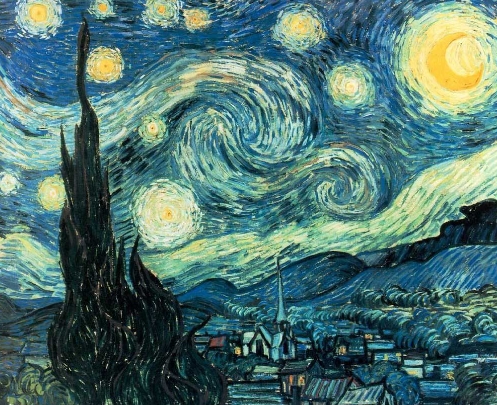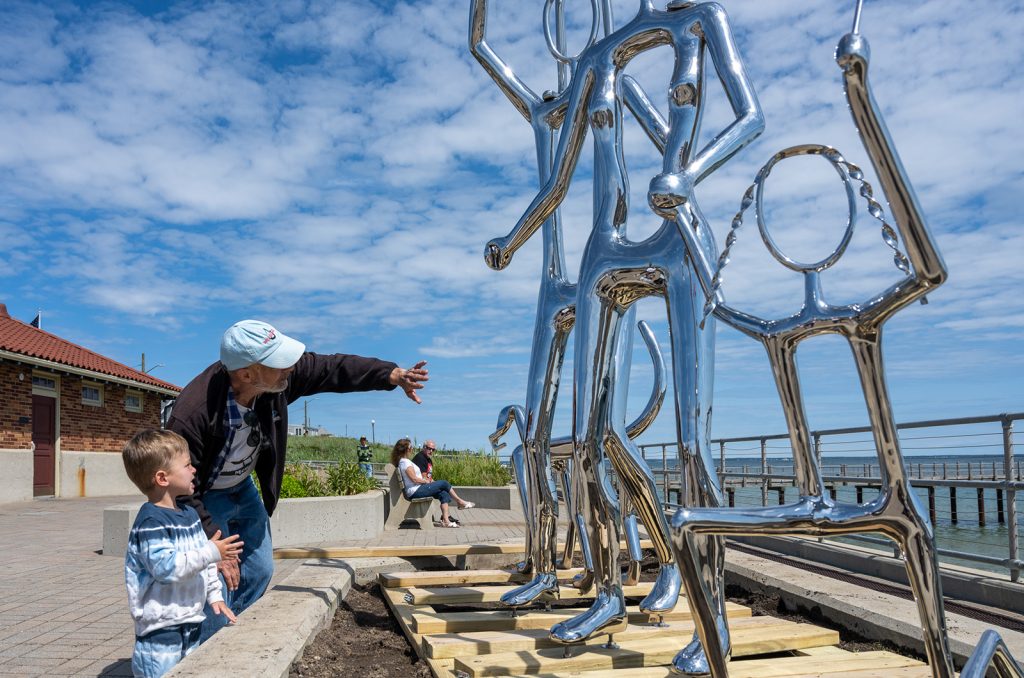Vincent van Gogh is one of the most famous and enigmatic artists in history. His bold brushstrokes and vibrant colors have captivated art enthusiasts for generations. However, his life was filled with turmoil and tragedy, which has added an air of mystery to his work.
Early Life and Influences
Van Gogh was born in 1853 in the Netherlands to a middle-class family. He showed an early passion for art and began working as an art dealer, which exposed him to a wide range of influences. However, his true calling was as an artist, and he eventually devoted himself to painting full-time.
Struggles and Challenges
Despite his talent, van Gogh faced numerous challenges and setbacks throughout his life. He struggled with mental health issues, including severe depression and anxiety, which often manifested in his artwork. He also faced financial difficulties and social isolation, which further exacerbated his struggles.
Artistic Style and Techniques
Van Gogh’s artistic style was characterized by bold brushstrokes, vibrant colors, and emotional intensity. He experimented with unique techniques, such as impasto, which involved applying thick layers of paint to create texture and depth. His use of color was also groundbreaking, as he often utilized unconventional shades to convey mood and emotion.
Legacy and Impact
Though van Gogh’s life was tragically cut short by suicide in 1890, his legacy has lived on through his art. His work has inspired countless artists and continues to awe and inspire viewers around the world. Despite his troubled life, van Gogh’s artistic genius endures as a testament to the power of creativity and expression.
In conclusion, Vincent van Gogh was a troubled genius whose art continues to resonate with audiences today. By unraveling the mysteries of his life and work, we can gain a deeper appreciation for the man behind the masterpieces.


